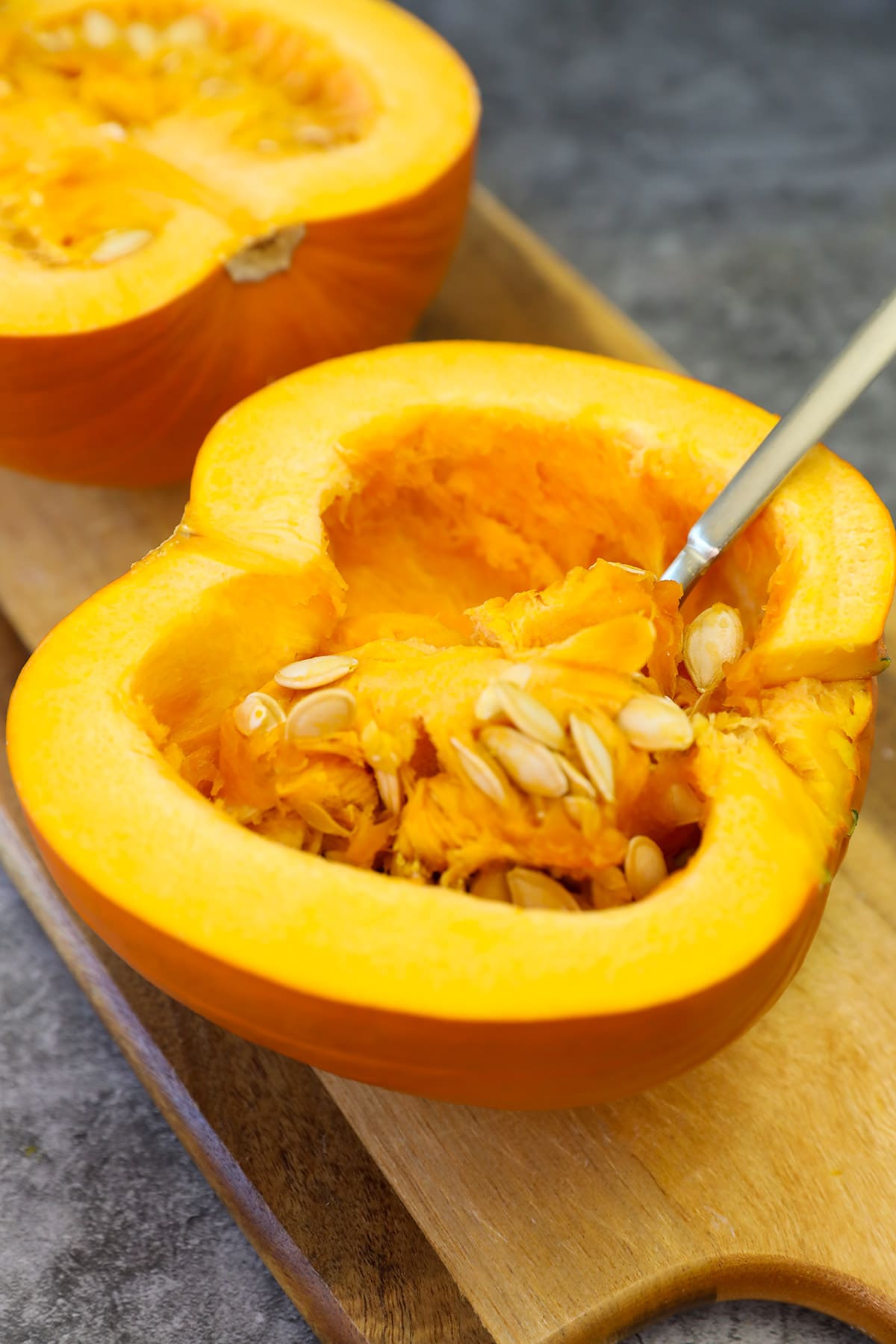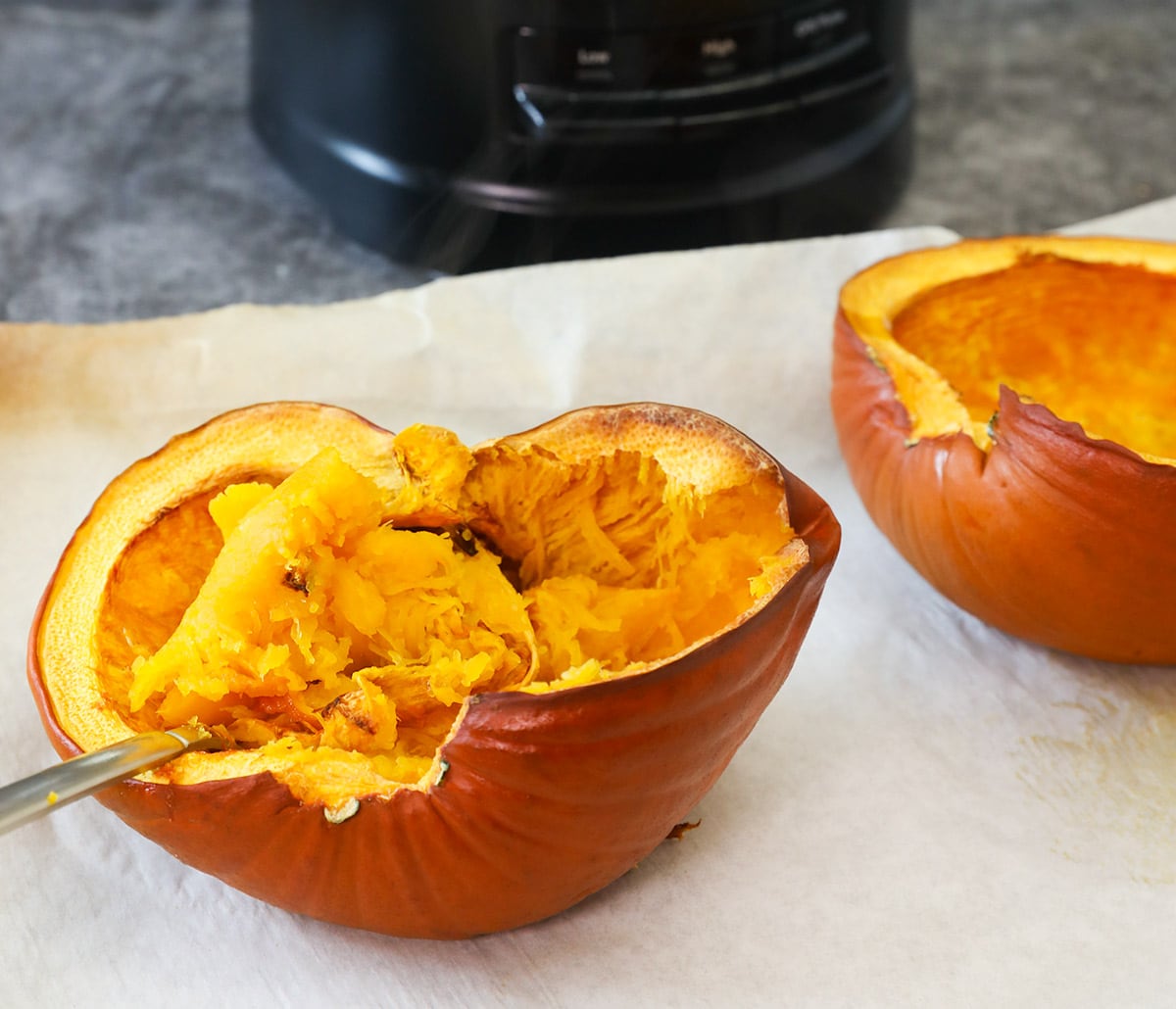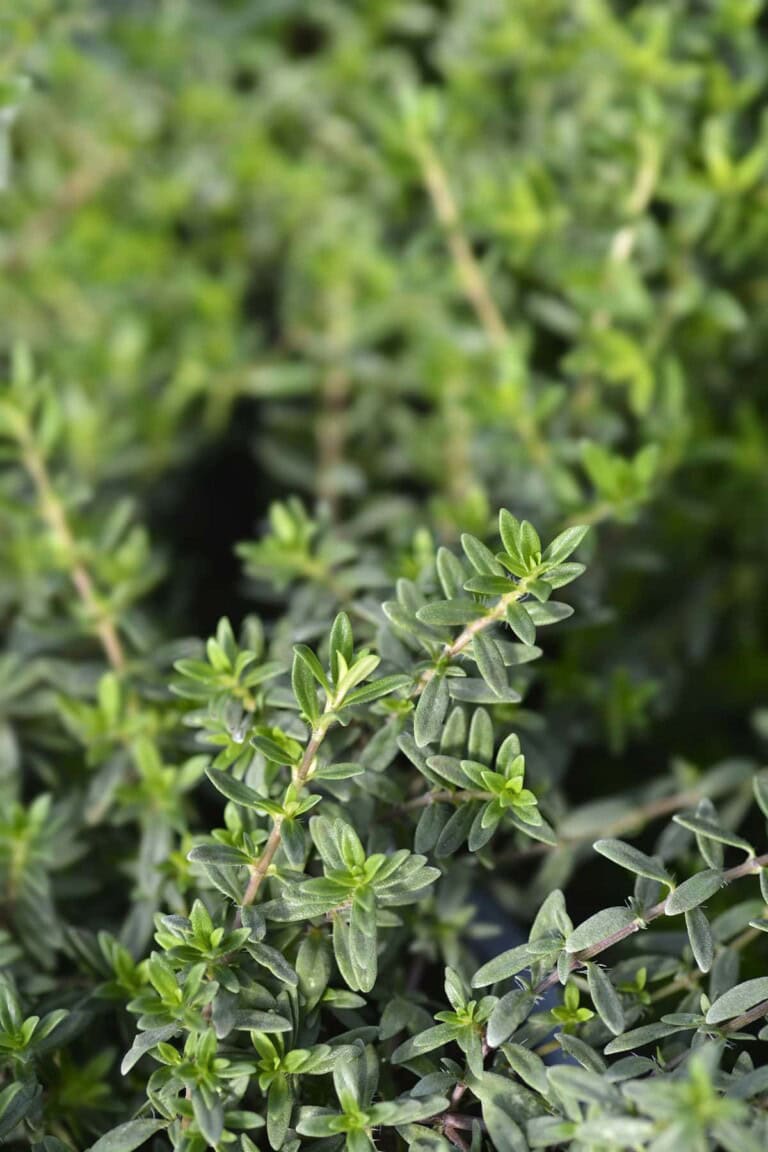How To Cook Pumpkin
Pumpkin is one of those foods that you may not use for days or weeks, but when the holidays arrive, pumpkin dishes begin to appear all over the place. Pumpkin may be utilized in a variety of ways, from breakfast to supper to sweets, because of its versatility. Here’s all you have to learn about how to cook pumpkin!
You’ll want to commence the cooking with mashed pumpkin in most situations when baking with pumpkins, such as Lentil Pumpkin Soup, Gluten-Free Pumpkin Bread, and Gluten-Free Vegan Pumpkin Pie

How to choose a pumpkin?
If you can start by selecting the appropriate pumpkin variety. You may prepare with any Type Of Pumpkins, but beginning with pie pumpkins or sugar pumpkins will allow you to finish up with a little more cooked dish with less effort. Pie pumpkins, squattier in appearance, are smaller and may be branded as baked pie. Sugar pumpkins have stronger skin and coarser interior than a pumpkin used for decoration or carving into a jack o’lantern.
You’ll also want to ensure the pumpkin you’re planning to prepare is fully orange all around since this will indicate when it’s ripe and ready to eat. Pumpkins can remain for a few weeks if stored in a dry, cold location in which they will not freeze, and they will typically improve in fragrance as they mature.
Tools Required in Preparation
A sharp chef’s blade or jagged knife, a chopping board, and a large metal frying spoon are all necessary tools. A sheet pan, a stockpot with a steaming element, and an immersed mixer or food processing may also be required, based on your style of cooking.
You’ll also need a big metallic or ceramic mixing basin, a mesh colander or a strainer, and fabric to drain the extra fluid from your mixture if you’re boiling the pumpkin.

Preparing the Pumpkin
To begin, wash the pumpkin in cold water for a few minutes. Because you’re not consuming the exterior, you don’t need to wipe it too hard, but you should rinse off any dirt, pollen, or detritus and dry it with kitchen towels. Cut the stalk off the pumpkin if it has a lengthy one.
If you have a large chef’s knife (10 to 12-inch), just line the edge with the middle of the plant and drive it down through gourd to half it. You may also utilize a slicing movement if you have a sharp knife. The aim is to chop the pumpkin in half from head to base in either case.

Scrape out all of the seeds and stringy pulp from the hollow with your spoon. Many aficionados will tell you to preserve the seeds for roast, and although you can cook and consume the seeds, tossing them away with the purée is by no accounts the gourmet crime of the year. In comparison to the quantity of eating they provide, removing the seedlings from the flesh is a bit of a pain. But it’s all up to you.
You will notice, however, that anything you acquire at this stage does not admire what you would be accustomed to if you have previously purchased canned pumpkin. That’s why there’s still a lot of fluid in there to discharge. Place a big mesh colander over a bowl with a smaller enough radius to prevent the strainer’s base off the bowl’s floor – this will allow the liquid to accumulate. In a sieve, place the pureed pumpkin. Allow gravity to do the work for you, albeit it will take some time.

The Pumpkin’s Cooking
You may broil the pumpkin cut-side-up on a baking sheet or place the sliced pumpkin in your steaming rack at this step.
Bake for 35 to 45 minutes at 400 degrees F, just until the interior is tender if you’re roasting. Stir your steaming pot halfway with water and put it to a simmer if you’re steaming. Cover the saucepan and steam for 15 to 20 minutes with the steaming basket containing the pumpkins. Again, piercing the roasted inner flesh of the pumpkin with the point of a sharpened knife should be easy.
Scoop the meat from the rind and place it in a basin once the pumpkin has set. This roasted pumpkin may now be used in any dish that calls for cooked pumpkin bits, such as pizzelle.
How to Cook a Fresh Pumpkin
- Preheat the oven to 400°F and line a hefty pan with a parchment sheet. You can make as many pumpkins as the oven can accommodate and as many cooking racks as you have.
- Remove the stems from the top and chop them in half from start to finish. This will be considerably quicker if you use a large pointed chef’s knife.
- Scrape out all of the beans and any stringy cuticles you can – there’s no need to be too cautious, but you do desire all of the seeds. If you’re intending to keep the seeds, put them in a dish of cold water straight immediately. This will make cleaning them a lot simpler.
- Place the pumpkin halves on the baking pan, cut side down. The easiest approach to avoid them from sticking is to use parchment paper, but if you don’t have any, grease the baking pans.
- Roast the pumpkin for 45 minutes and an hour, and until a paring knife inserted further into the side finds no pushback.
- Let it cool for a few minutes until you can hold them safely.
- Scrape out as much meat as you can into a basin large enough to contain it all.
- Use a food blender, a food mill, or an attachment blender to puree the pumpkin until it’s smooth and consistent.
- Place a mesh strainer over a bowl and pour the puree around the drain. Putting paper wrapping over the puree, a layer over that, and some heavier objects in front of the plate – cans of beans or something similar – can help to weigh it down.
- Wait for 1 to 2 hours of draining, or when no liquid is flowing out.
- You may use the pumpkin straight away, preserve it in the refrigerator for two or three days, or freeze it for consumption subsequently.
Because pumpkin is a starchy food, it may not be the greatest choice for people who have blood sugar problems. Eating starchy veggies with healthy protein and fat, on the other hand, has a lower influence on blood sugar. I think it’s worth figuring out whether you can tolerate modest amounts of pumpkin and other starchy veggies because it’s so nutritious generally. You can simply prepare pumpkin at home using the process described above, and puréed pumpkin may be stored in Ziploc containers frozen for multiple months.
Other Pumpkin Recipes To Try
- Thai Pumpkin Soup
- Gluten-Free Pumpkin Cinnamon Pull-Apart Roll
- Vegan Pumpkin Fluff
- Vegan Pumpkin Hummus
- Candied Pumpkin

If you enjoyed this post about How To Cook Pumpkin and would love to see more, join me on Youtube, Instagram, Facebook & Twitter!
Get discounted copies of my cookbook here.
Fortunately, because of the Ads on our website, readers and subscribers of Healthier Steps are sponsoring many underprivileged families.







Thanks for the information on how to cook pumpkin.
easy to cook easy to prepare pumpkin thank you so much